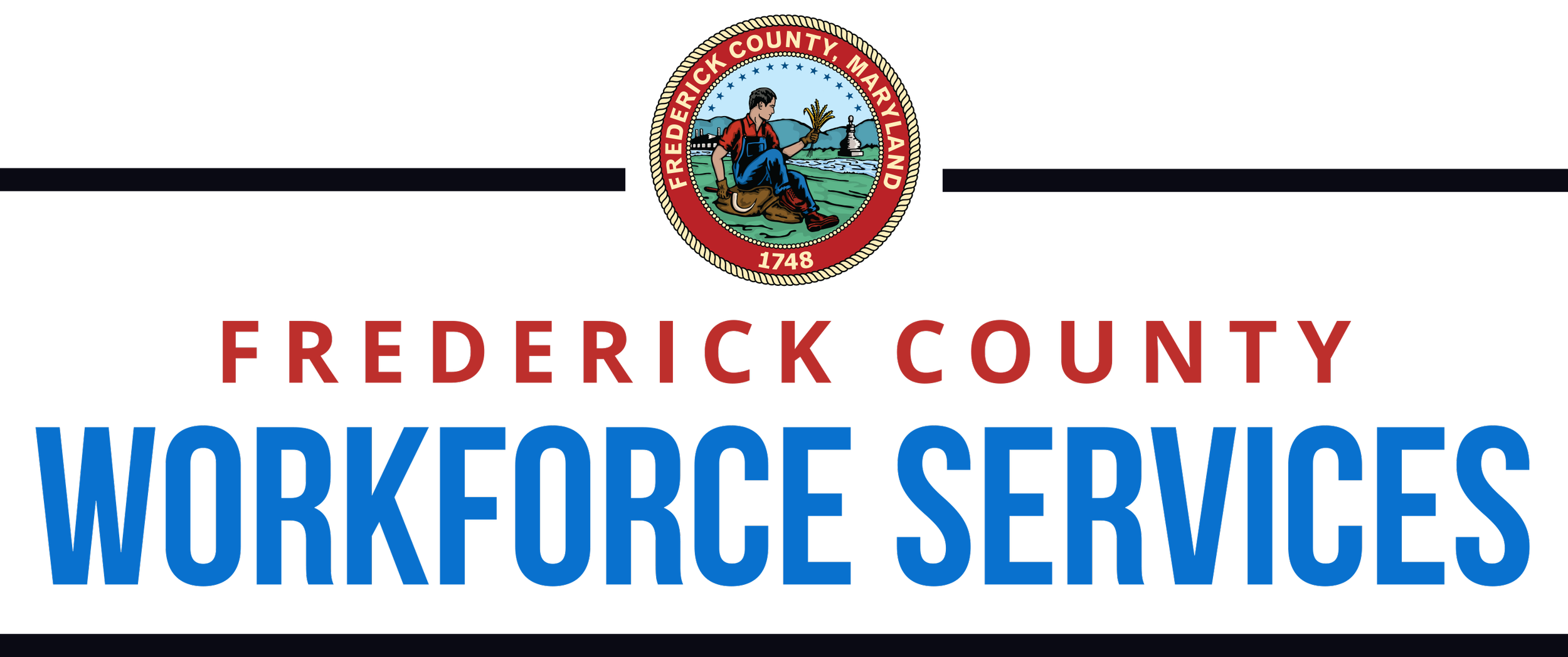COVID Aftermath: Returning to Work
As we begin returning to work, there are many factors to consider in reference to employees, colleagues, customers, and new policies. It may be helpful to think about how your employees are dealing with their own individual challenges, as they are the ones who are returning to your workplace.
A recent study found that “94% of employers surveyed said their company productivity was actually the same (67% of respondents) or higher (27% of respondents) than it was before the pandemic”.
A Phased Approach
If at all possible, phase employees back in. The expectation of employees coming back into an office setting full-time after teleworking for over a year can be considered unreasonable and/or uncaring. Many employees have been taking care of children while teleworking, and/or having to care for elderly parents/relatives due to COVID. Allowing employees a phased-in approach will show you care about how they are actually doing and also allow them and their families an adjustment period for the change they will be experiencing. This goodwill goes a long way in developing maximum productivity once employees return to work.
Covid Data and Trends
Monitoring trends is an important part of a return-to-work plan. What are the trends within your community and how might those trends affect your plan? What may be some contingency plans necessary to ensure operations if case numbers begin to increase once again? Plan ahead wherever possible.
Vaccinated and Unvaccinated Employees
You will have both vaccinated and unvaccinated employees among your workforce and many differing opinions about that fact. Respecting your employee’s choice, whenever possible, will continue developing that goodwill as anxious employees return to work. Some employees may be more emotional about this situation depending upon what they experienced in their personal lives while teleworking.
Mental Health
Behavioral and psychological issues from an extended period of working from home, constant news of the pandemic, feelings of isolation (and other factors) can play a major role in assimilating back into the office. It is incumbent upon the leaders in all transitioning organizations to note the signs of this very tricky area. While we know leaders are not necessarily trained to manage mental health issues, they should be able to note variations in behavior from someone who has historically been a high performer. Be observant and keep an eye out for these possible changes.
While I’m sure there are other factors to consider, these are a few to start with. We hope everyone will simply be extra considerate as we all learn how to work together again within a “new normal” setting.
REFERENCES:
https://www.shrm.org/resourcesandtools/tools-and-samples/exreq/pages/details.aspx?erid=1592
https://www.thehartford.com/insights/covid-19/returning-to-work-after-covid-19
https://www2.deloitte.com/us/en/pages/human-capital/articles/2021-return-to-workplace-survey.html
